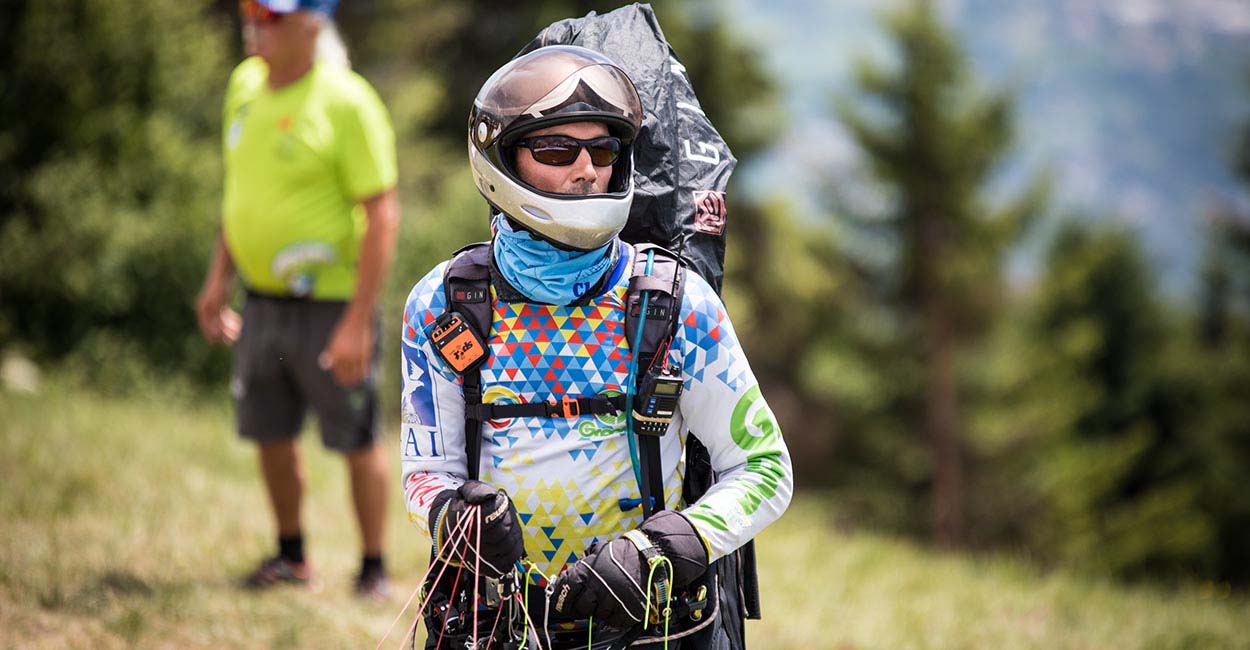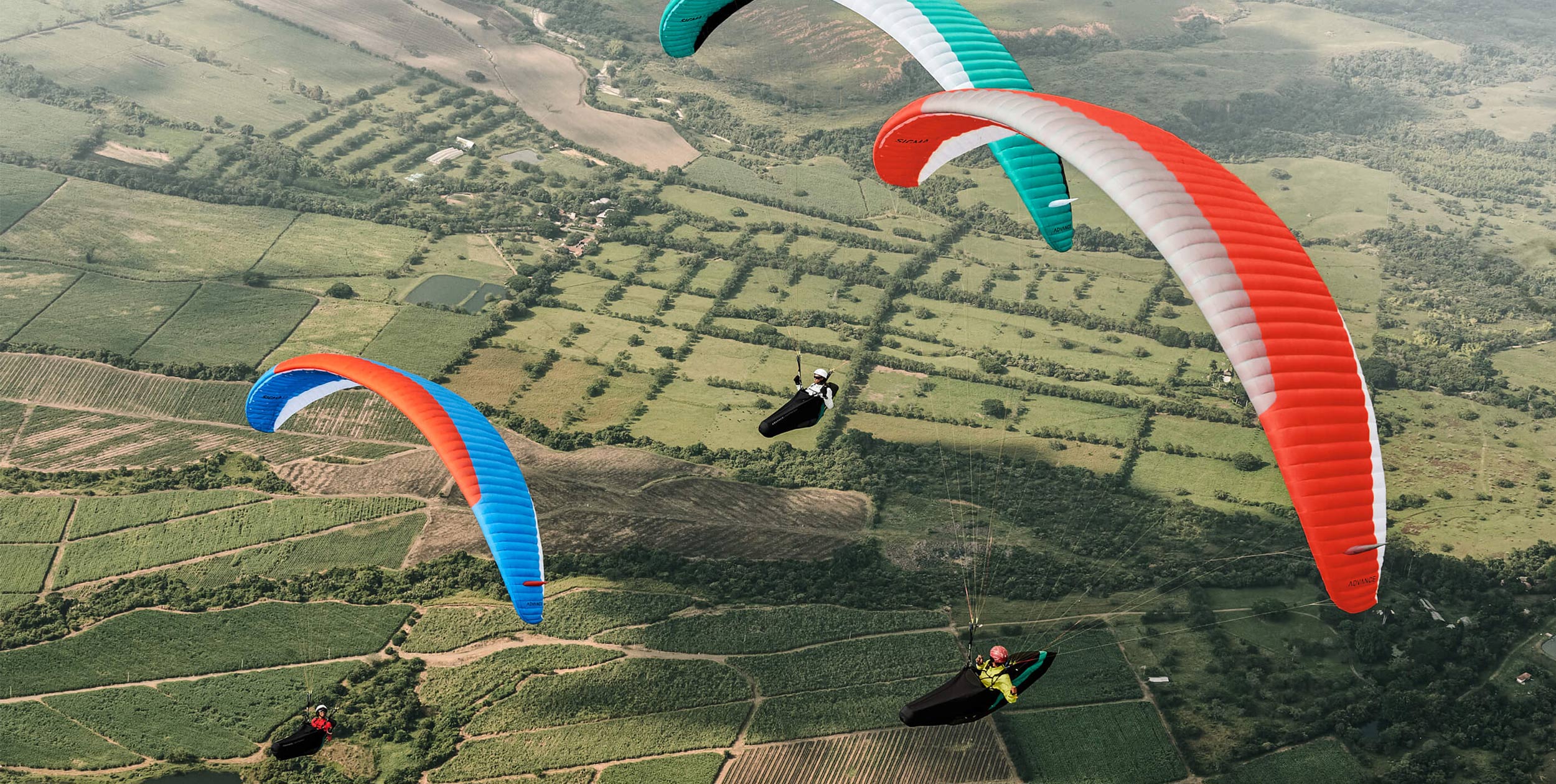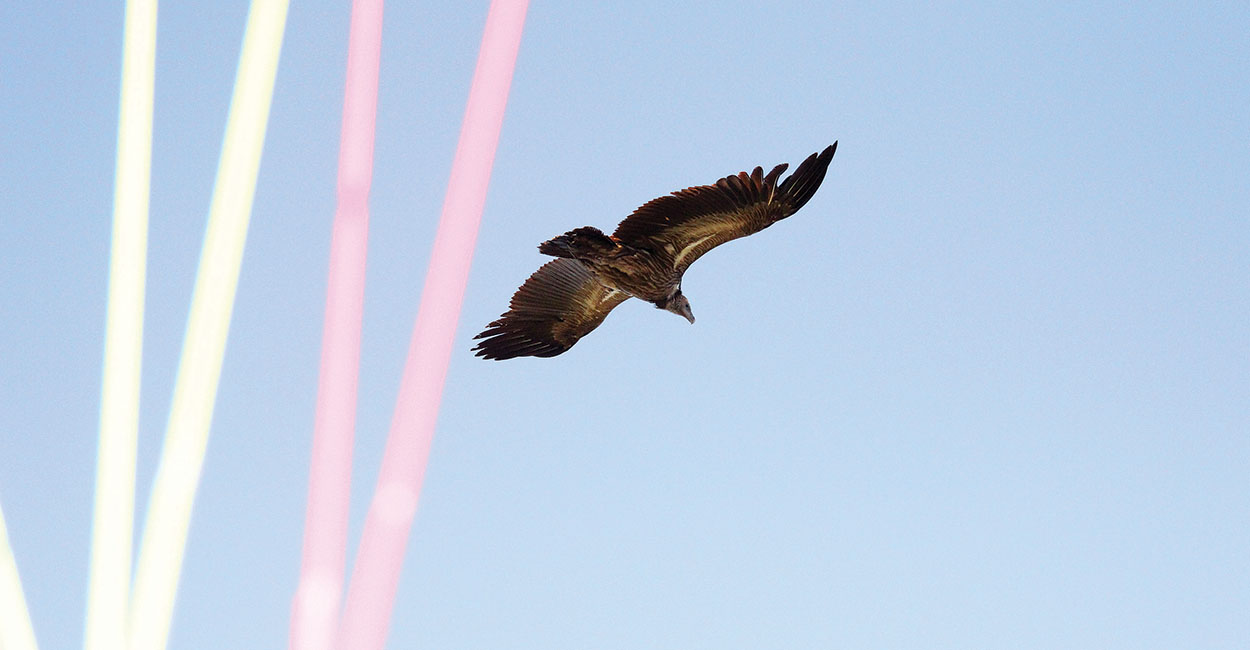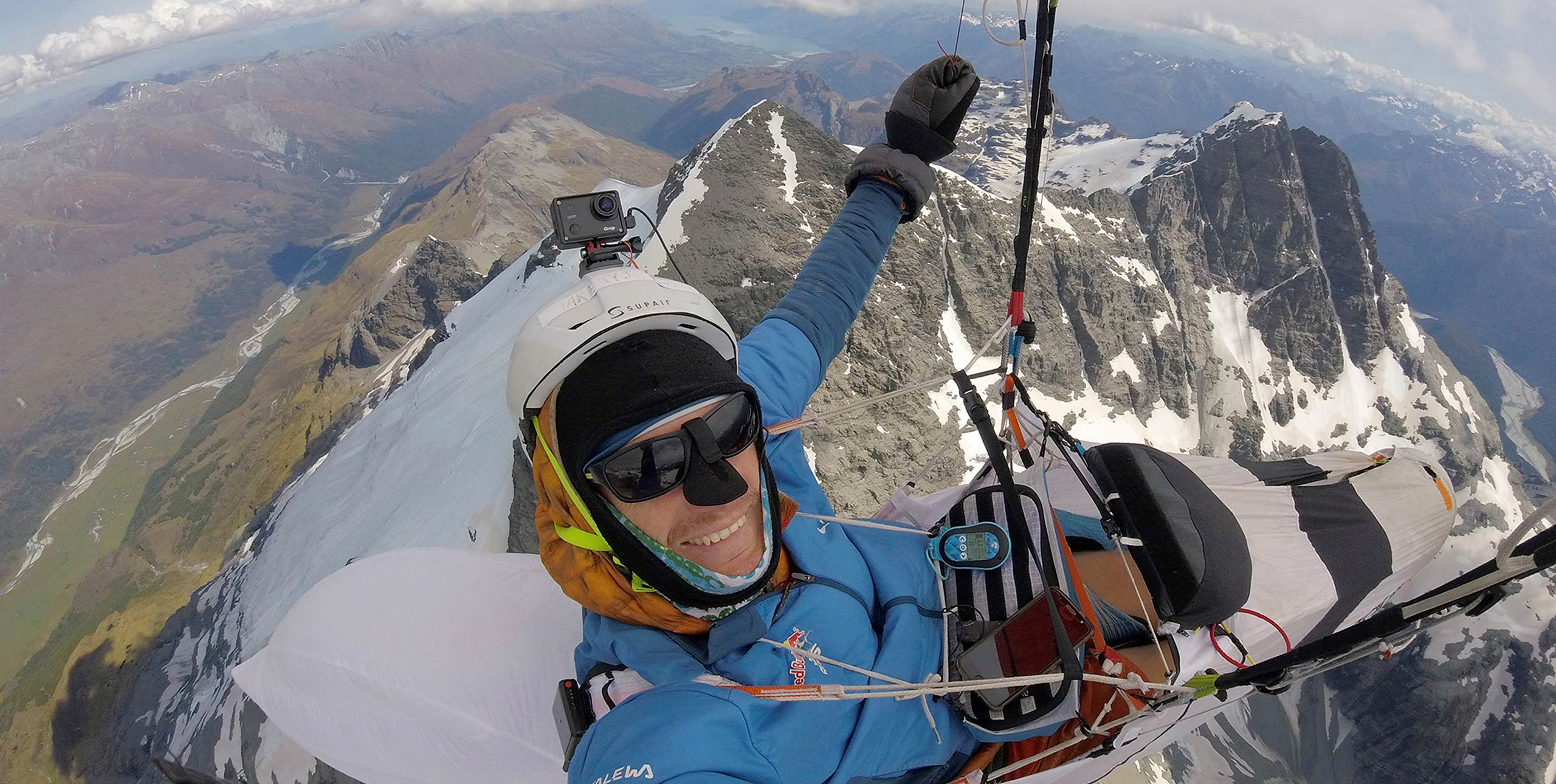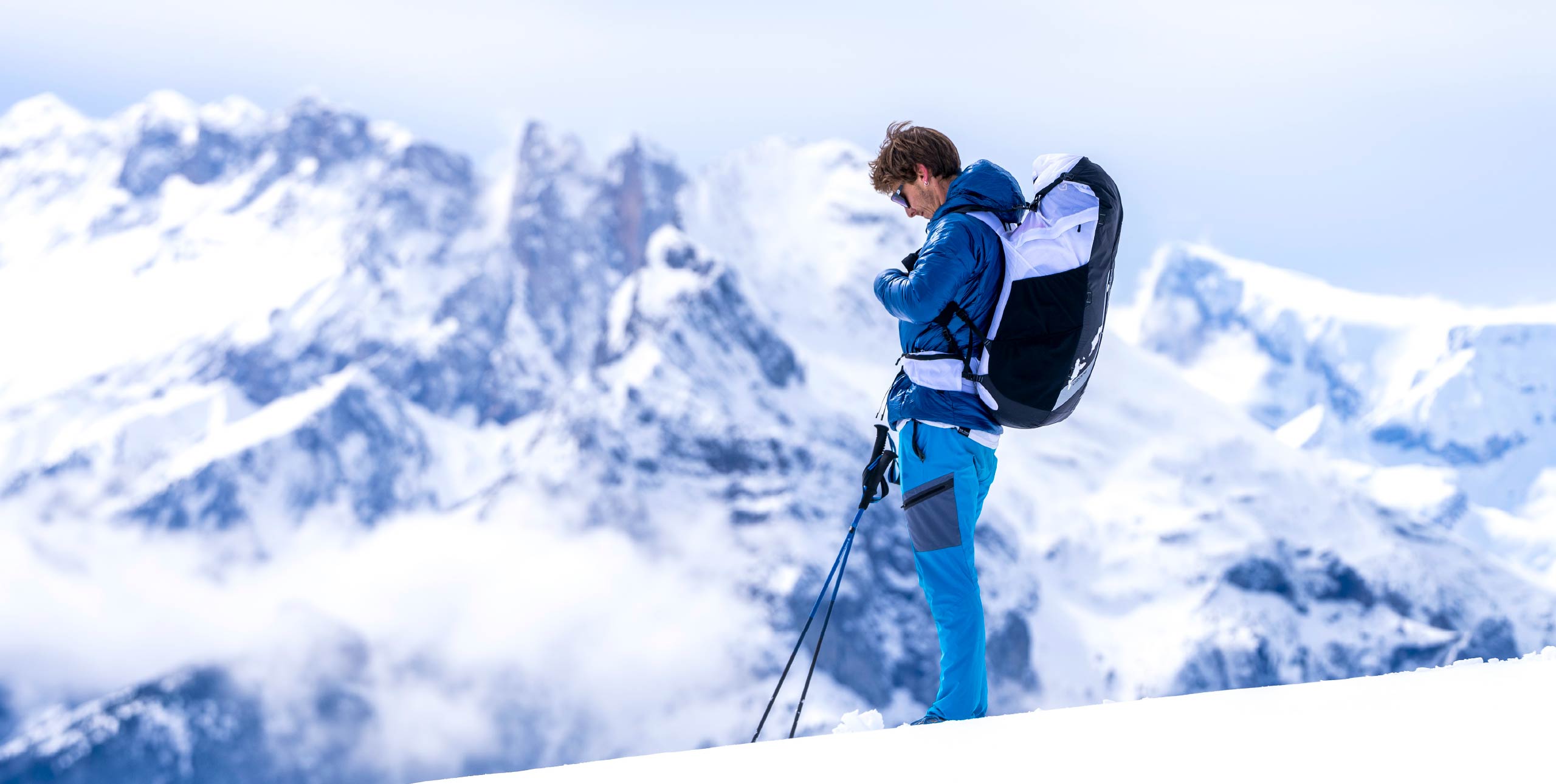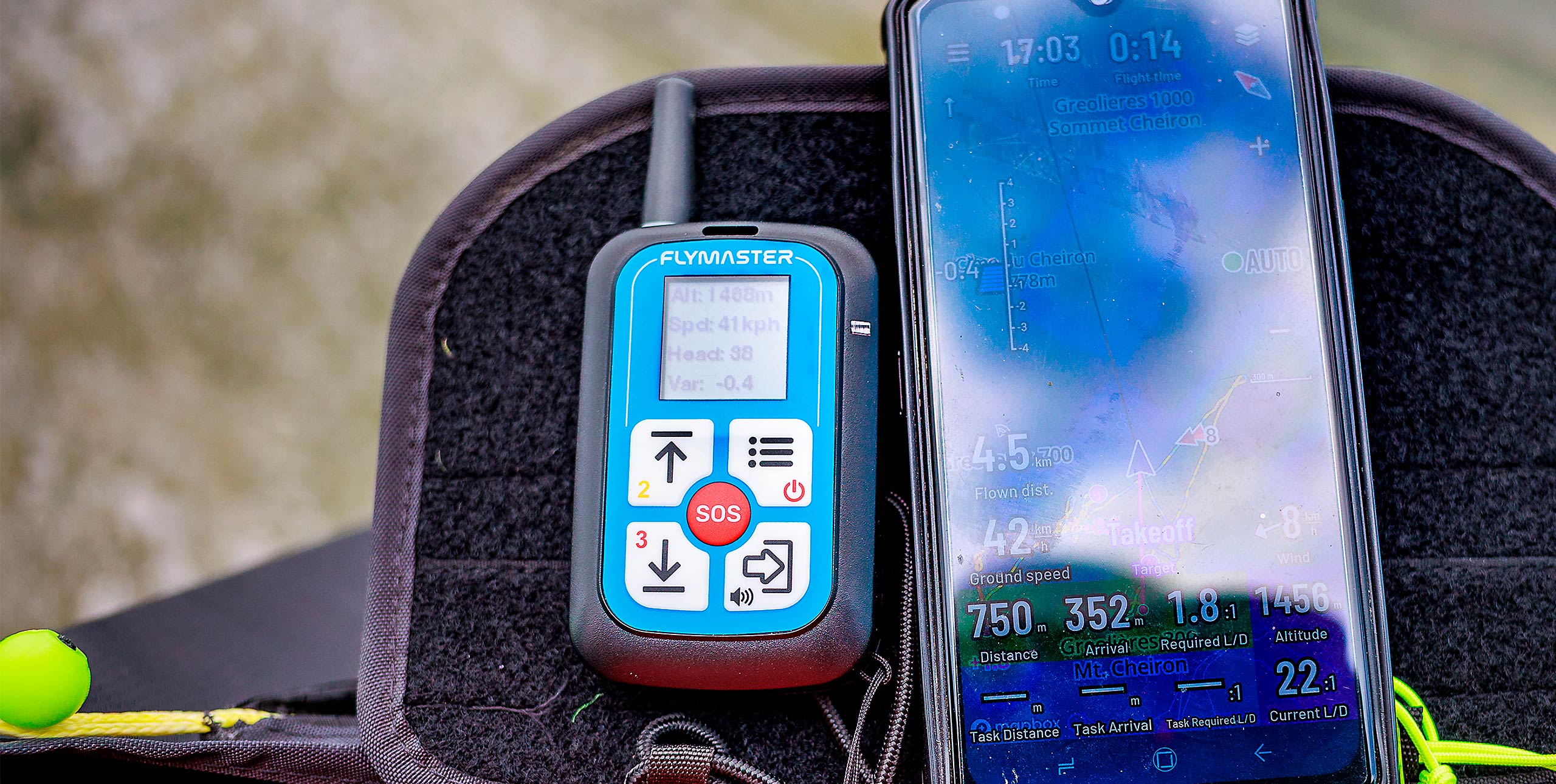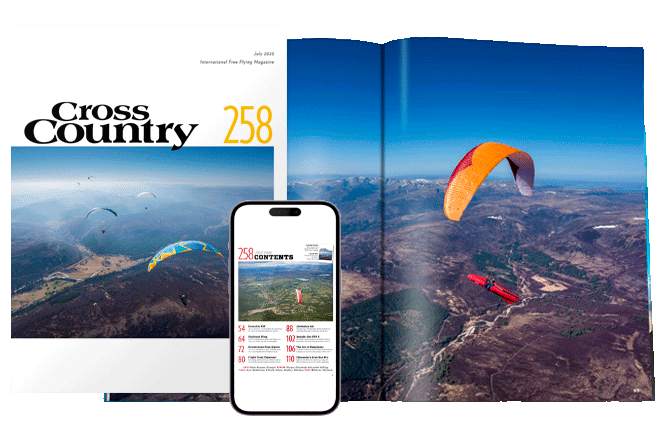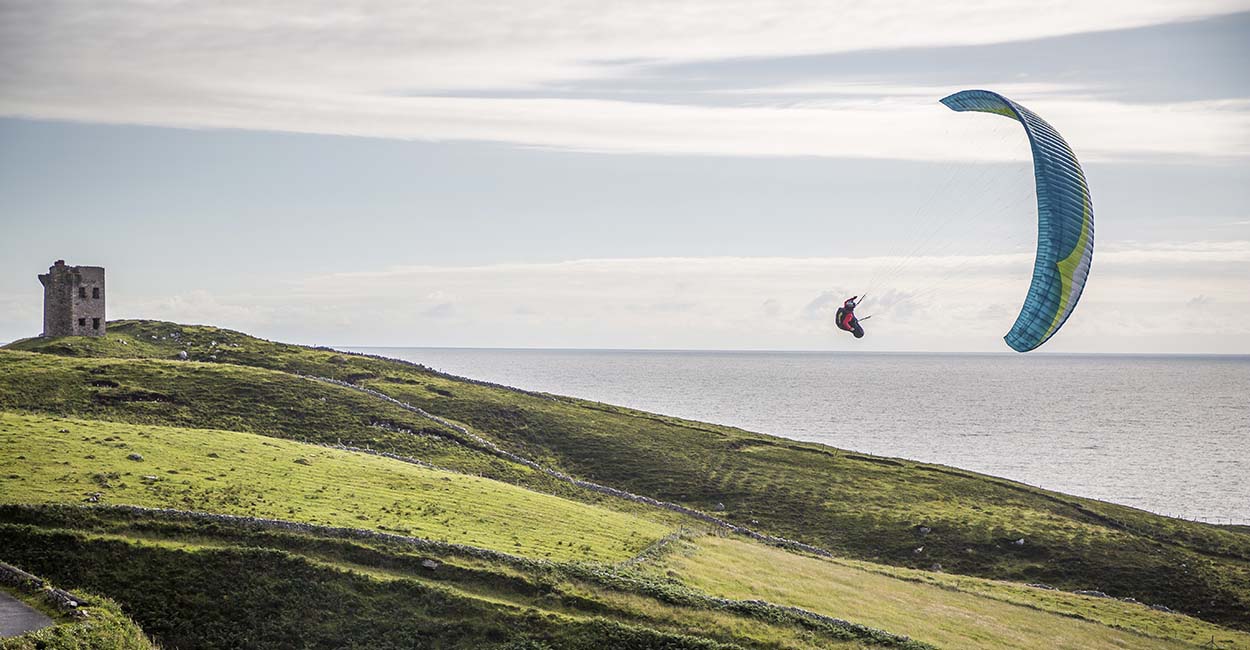
If you can’t head off XC or you’re new to the game, don’t just sit there above the hill. Here are 10 flying exercises that will help develop your skills, all while staying close to home. By Cross Country editor Ed Ewing
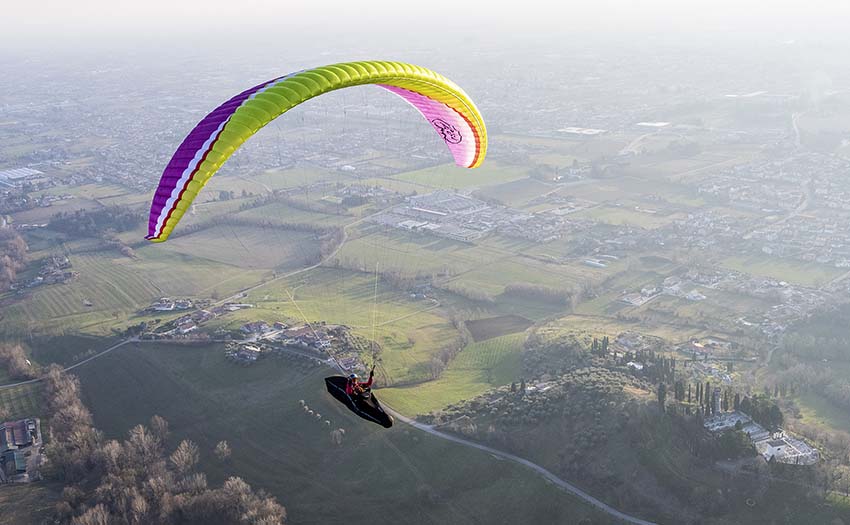
1. Do laps
Whether you are on a coastal ridge or flying between two different mountains, set a short there-and-back course and commit to doing it several times. If it takes you 15 minutes the first time, aim to do it faster the next run. Focus on getting all the elements as efficient as they can be: speed bar operating smoothly; harness tucked in; smooth movements on the brakes or rear-risers.
Continually assess the weather and the wind: has it changed since your last run? How? Focus on yourself as well as the glider: how do you feel at 15km/h GPS groundspeed? At 30km/h groundspeed? Monitor your breathing, try and stay calm and relaxed. Notice your posture: is your harness supporting you properly? Can you always read your instruments clearly? Are you tense anywhere? Doing the same, repeated flight gives you time to really iron out the little things. If it all gets too easy, switch the vario off and fly by feel and sight alone.
2. Fly the weak stuff
Learn to fly weak thermals. Take small, weak thermals and work them as hard as you can. Focus on what they are doing, how they drift, and what happens to them and you when you drift across different terrain or breaks in the ground. We’re not just talking zeroes either: -0.5m/s is rising air. See what happens when you turn in that. Does it trigger and get better, or does it dissolve into sink? Take the weak climbs as high as you can until you lose them, they turn into something better or dissipate.
3. Get good at monitoring your climb
When you climb in a thermal, take note of what happens at different heights in the climb. Once back on the ground you should be able to talk about the levels of the air and know where the thermal slowed down and sped up. You might find, for example, that your core is 0.5m/s from 250-500m (weak), increases in strength to 1.5m/s from 500-900m, then grows even stronger to 3m/s from 900-1,500m before stopping altogether at an inversion.
Why is this of interest? Isn’t a climb just a climb? It tells you that the best part of the climb is above 900m. That means, on an XC flight, you want to stay above 900m and that your mental warning light should be flashing amber if you drop below 900m. It also means if you get low and are scratching in a weak climb then you know you have to hang in there until 900m – where the thermal is likely to get stronger again. Being able to map a climb vertically like this is a really useful skill, but takes time and experience to master.
4. Tighten your circle
Pilots new to thermalling typically turn too widely, flying big 360s that see them fall out of the lift. Mastering Paragliding author Kelly Farina’s “simple and powerful” rule of thumb for how wide we should turn is 16 seconds. That is, it should take 16 seconds to fly a full 360 degrees while thermalling.
Try it, it works well for most pilots. Fly your natural 360 and count yourself round. If it’s not 16 seconds, work on tightening up. Use weightshift – move your body so your nose is in line with the risers – and use inside-brake to tighten up. Counting “four seconds for 90 degrees” is a quick way to check you are turning a good-sized circle that’s not too wide.
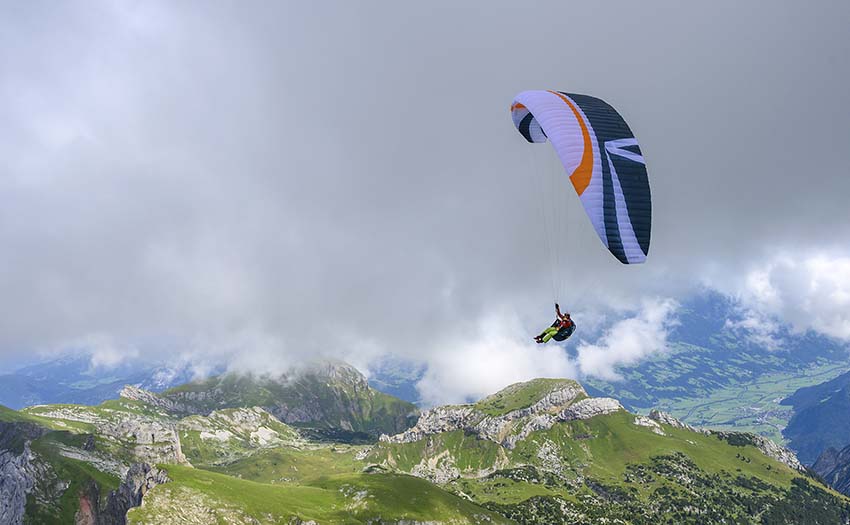
5. Explore the thermals
Thermals expand as they get higher. Once you have found a thermal and climbed in it efficiently using the 16-second rule, then mellow out and widen out your circle. Thermals can be massive up high, easily covering a kilometre or more. If you look around, what are other pilots doing? If they are also going up in their own circle, then chances are the air between you and them is also going up. Go explore. Forget about turning the perfect circle and instead play connect the dots. Fly across to other climbing pilots and explore different parts of cloudbase.
Find areas of stronger and weaker lift and feel for the edge of the thermal and sink. Relax up there – there is no need to be turning tightly now unless you find a core. If the lift fades out as you approach base, then start to scratch: eke out every metre of extra height, always aiming to be top of the stack.
6. Hone your thermalling
If you are lucky enough to fly a site with two regular thermals then this exercise, from Burkhard Martens’s book Thermal Flying, is a classic. First climb to cloudbase in one thermal, then glide to the other thermal and climb back to base. Fly back to the first thermal and climb again, but this time stop 200m short of base. Go back to the second thermal, climb to within 400m of base. Continue until you are almost on the deck. The goal is to learn how to find thermals at any altitude, and to improve your scratching skills.
7. Switch it up
Most of us have a preferred side to thermal on, right or left. Spend an afternoon thermalling to your weaker side. The aim is to become just as good thermalling one way as the other. This will have a longterm positive impact on your flying, as it means you will be happy to turn either left or right when you find a thermal and will be able to core it quickly. It can also help when scratching low or when joining a gaggle.
Another way to mix it up is to reverse your turn when thermalling. Some pilots say you should never do this, as it destroys your mental map, but others say it’s a good way to re-set your head if you’re not climbing as well as you could be. Try it out and experience it for yourself.
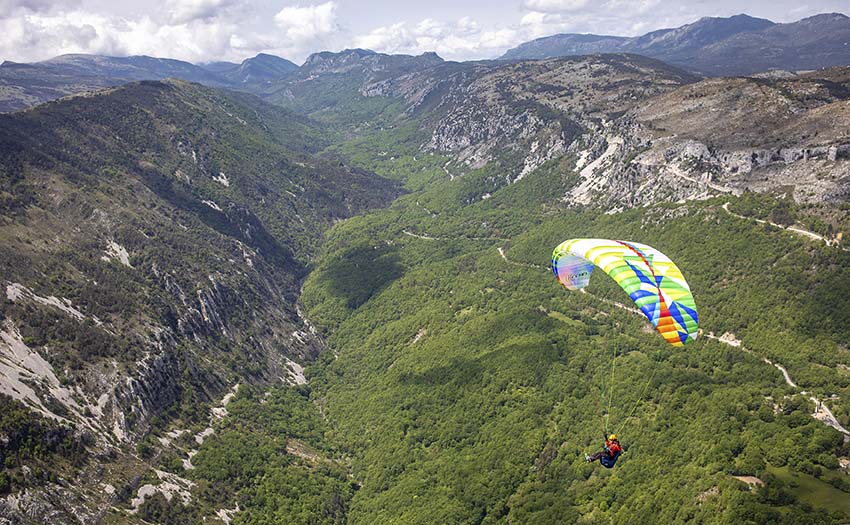
8. Go out front
You know that pilot who is always out front and higher than everyone? Be that pilot. They don’t have super powers, they are just using the lift out front of the hill. Maybe there are brown fields, or a line of small hills, but flatland thermals especially will often trigger before they reach the hill.
If you are soaring a thermally active slope, get high on the ridge and then push out front. Have faith. It takes a bit of courage to leave the security of the ridge or house thermal, but it often pays off. Keep an eye on your height and, as you push forwards (use the speed bar when flying into wind), set yourself a height limit where you can turn around and still make it safely back to the hill and get up again. Look for the signs that it is working before you push out: birds, clouds, other pilots going up.
9. Turnpoint practice
Set up a turnpoint with radius on your instrument and practise hitting it, registering and leaving. The aim is to do it quickly and efficiently. You want to manage your weightshift and brakes so that the turn is quick but doesn’t lose you any height. This teaches you how your instrument works, which is great for competitions in the future, and also reveals a lot about your glider handling: you have to manage pitch and roll as you fly into and out of the cylinder. Once you have finessed this, use your bar.
This can work well even on a small hill: set up turnpoints at either end or out front and fly between them. Set up a task of hitting each waypoint several times. Make it harder for yourself by trying to enter and leave the cylinder at an exact altitude or time – you might have to fly faster or slower, or lose or gain height along the way.
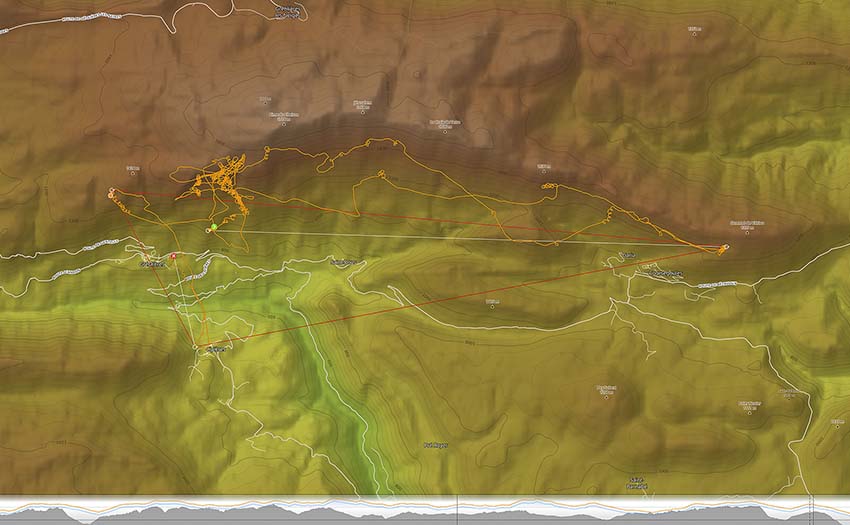
10. Fly a triangle
Plan a triangle and fly it. Whether 5km or 50km, it doesn’t matter. Where you put your points will depend on the terrain you are flying.
On a ridge two points will most likely be on the hill, with one point out front. In the flats or from tow, plan a route that goes across known triggers or potential thermal sources (fields, towns etc) but fly the sky and follow the clouds and signs in the air. In the mountains it might involve crossing a valley to connect two hills or peaks before coming back.
You need to think about aspect – where the sun is at what time – wind and the forecast. Unless it is nil-wind at least one of your legs will be into-wind or crosswind. Aim to have as short an into-wind leg as possible.
If your triangle is small, then aim to do it several times – scratching round early will be a very different flight to cruising round at 4pm. Get your buddies to join you: set a triangle and fly it together. Work as a team to fly efficiently, leaving no one behind. If you want to race, race the clock as well as each other and make it into a speed triangle.
Aim to be as efficient as possible on each leg. Work out ahead of time how high you need to be to get to the next turnpoint or thermal (eg ridge height, 1,500m) and what height you need to be to leave. If you do it once with a lot of margin, then try it again with less height.
Remember your triangle doesn’t have to be a straight A to B to C to A. On a ridge especially it might be easier and less risky to go A to B to C, back to the ridge, then to A. And remember, small tasks can be just as satisfying as big ones!


